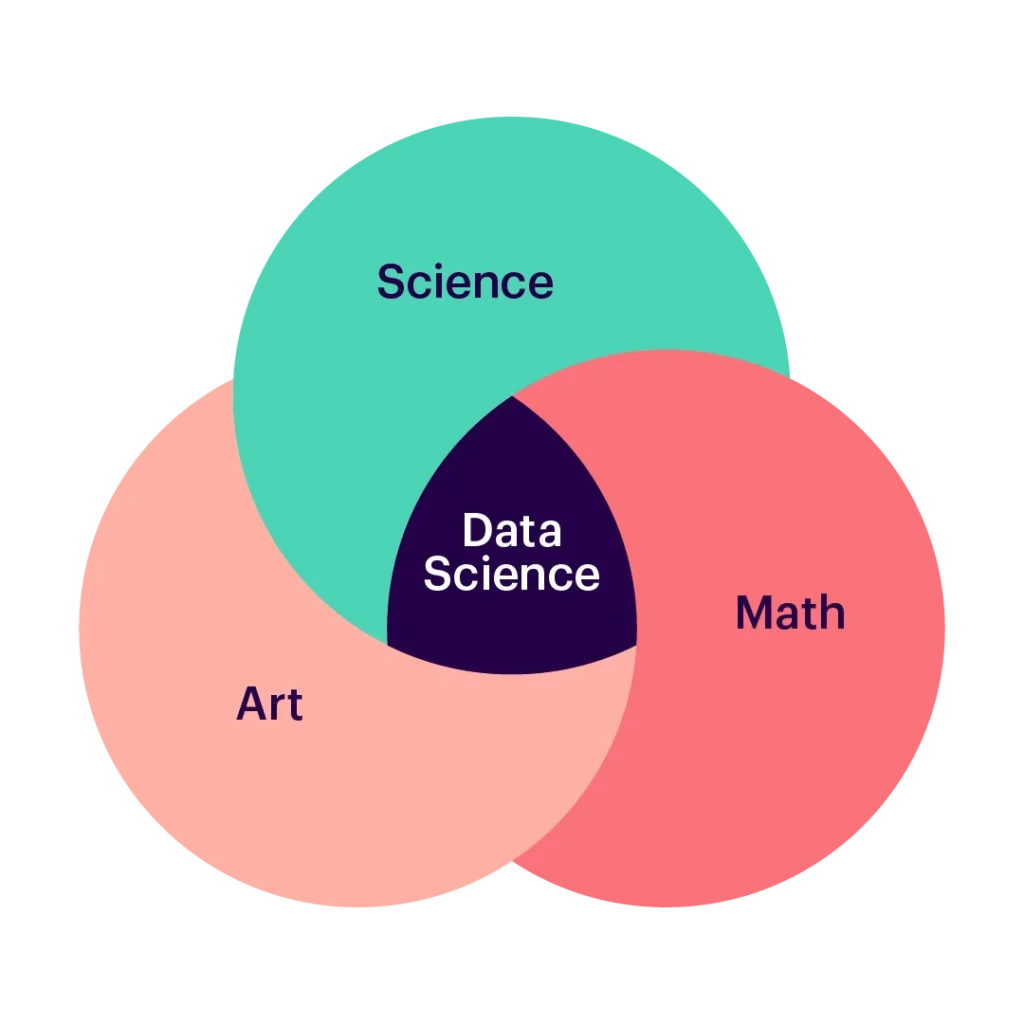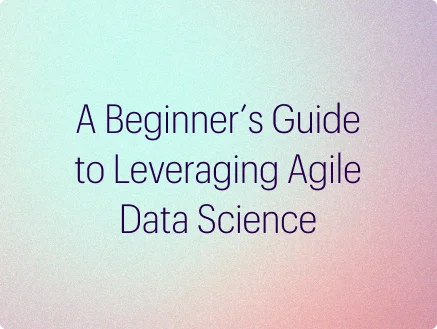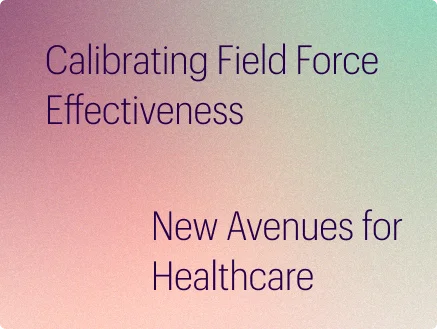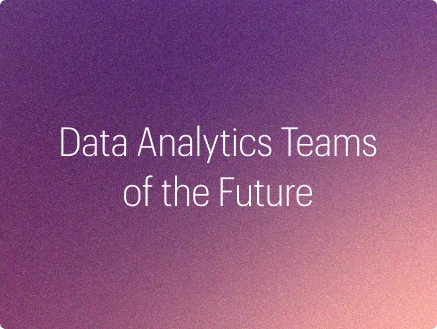In this day and age, almost everyone can use Excel, most people can write at least some code, and many people can run machine learning algorithms. Now, if you know what you are doing, you can even have ChatGPT to help you build simple applications. While there are plenty of things that set data scientists apart, increasingly, it is not their technical skills — those are just considered table stakes. Each new person on my data science team knows more techniques, more algorithms, and can often even code better and faster than me. With all this new talent, you might ask, “How do I not become obsolete?”

While there are multiple ways, including developing deep theoretical understandings of the algorithms/techniques you use, advancing your mathematical and statistical skills, becoming an expert in a specific area of business application, pushing the boundaries on developing new techniques, and continuing to read on the new hottest topics in the field, another powerful way to stay relevant is developing the key skill of storytelling.
Storytelling: Why is it Important?
Think back to the last time you were in a meeting. Someone was presenting information — did you actually pay attention? How long did you last before you were checking your phone? Now think about the last time you saw a TED Talk — why was it so much easier to listen to?
Storytelling is vital in many areas of business, especially in my field of consulting. To create something impactful, you need to be able to describe the problem and tell the story of how the right answer will make an impact on the business. Many times, my data science colleagues ask, “Even though I do all this great work, why am I not getting promoted?” The simple reason is they are not able to showcase the impact that work makes.
Consider the following example:
Let’s say that I am an expert in sports analysis. As part of my research, I created a new composite metric that outperforms the current ones on predicting if/when players will reach their peak potential, what that peak is, and how much a player is at risk for injury. I pilot this metric and use it to crush a few fantasy basketball leagues. I then write a paper about it and present it at an analytics conference. Many of my peers look at me and are impressed, and even 538.com started using it in their play and team rankings systems. In summary, I created something new that is better than what was out there and proved it worked. Subsequently, I gained some notoriety.
A different, more lucrative path:
In this second example, I am the same expert. I create the same new composite metric and I beta-test it in my fantasy basketball leagues. Here is where it’s different. First, I start the process to secure the IP rights to this. I still publish the paper, and I take it to a conference. Sure, I still go through the details of how it works and how I created it, BUT the primary focus of my presentation addresses the following.
How Data Narratives Drive Business Transformation
-
Sports Teams
Scouts use this to identify the right “below-the-radar talent” to optimize late first-round and second-round draft picks. This translates to better identifying players like Nikola Jokic (3-time MVP) and Draymond Green (4-time champion), which creates huge value for the organization. Training staff use this to determine when and how much rest a player needs to stave off injury from overuse. Since contracts in the NBA are guaranteed, this prevents us from having to pay players who are missing large parts of a season (or sometimes whole seasons).
-
Sportsbooks
Sportsbooks like DraftKings would use this to create proper lines on their bets and optimize their payout against the field. This includes historical data analysis, statistical models, and real-time adjustments. These machine-learning algorithms identify patterns and trends that can influence game outcomes. By analyzing competitor lines and adhering to regulations, sportsbooks aim to create a profitable environment regardless of the game’s result.
-
Fantasy Players
One key aspect of catering to fantasy players involves consolidating various metrics and statistics from multiple sources into a user-friendly interface. This gives them access to a treasure of invaluable metrics and insights. They can use this to optimize their fantasy drafts, win money, and gain bragging rights with their friends. The tools would also empower fantasy players to maximize the potential of their draft selections and navigate the complexities of player valuation.
The Convincing Power of Data Narratives
By telling the story of how each of these groups will use and monetize the insights from this new piece of data science, it engages the audience and drives the opportunity for you to create value for yourself and others who collaborate with you. Your outcome is not just notoriety in your own sphere but also wider notoriety and monetization opportunities.
At the end of the day, unless you are working in purely academic research, you must be able to tell the story of how your work will be used and how it will generate revenue or profit.
In other words, if you can tell the story of how your data science changes behavior, drives value, or empowers the decision-making that affects one of those things, you will go far. Otherwise, your data science will get lost, ignored, or even worse, someone ELSE will tell that story for you, and they will get an equal (or sometimes larger) share of the credit. Storytelling is one of the primary differentiators between a principal data scientist and a staff data scientist, as well as the difference between a successful data scientist and an average one.



